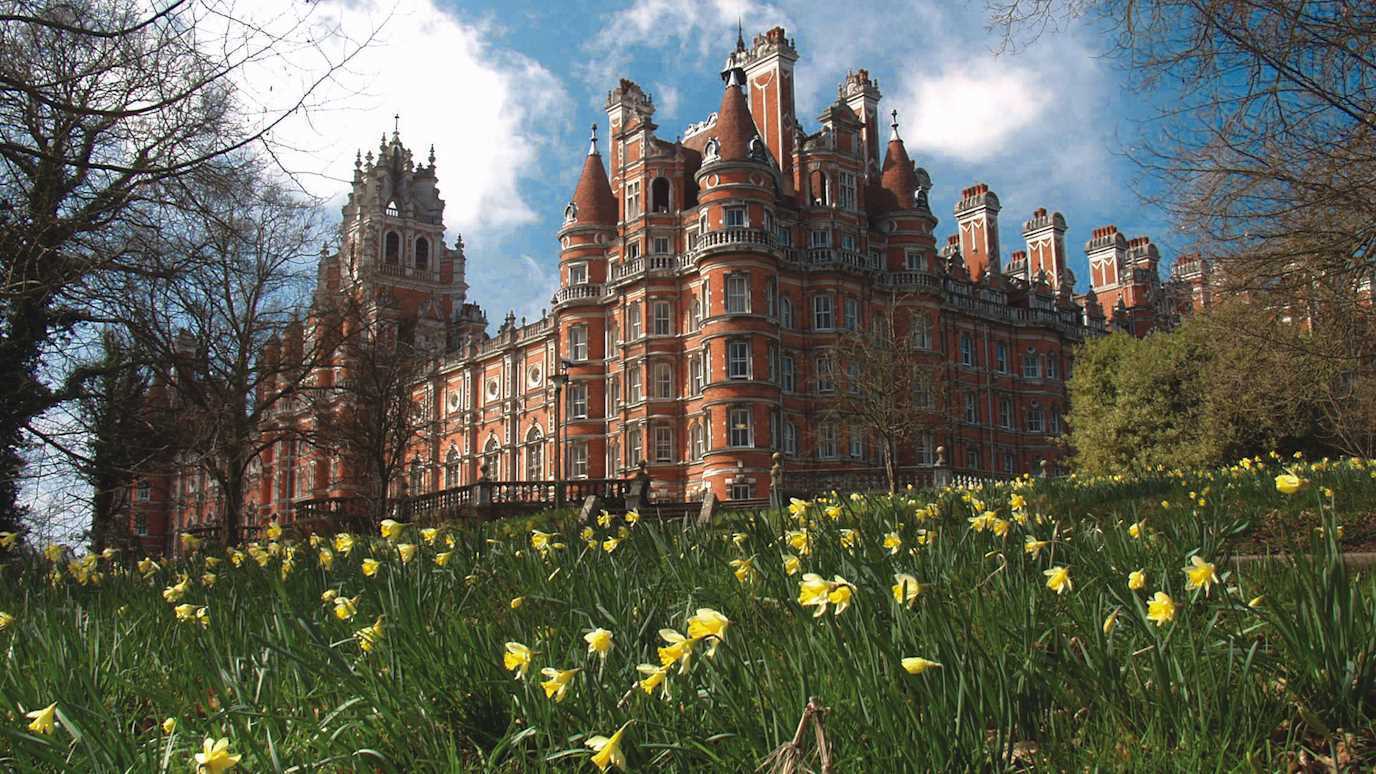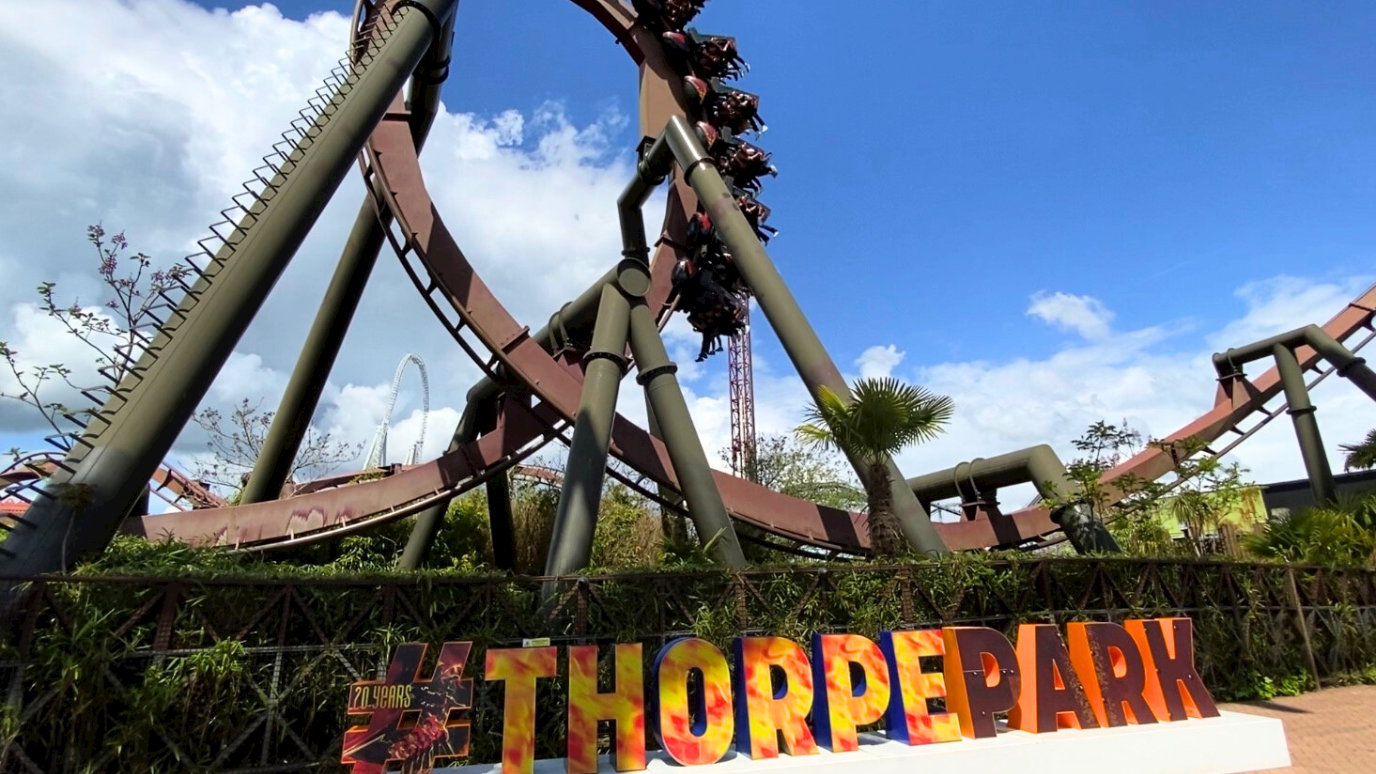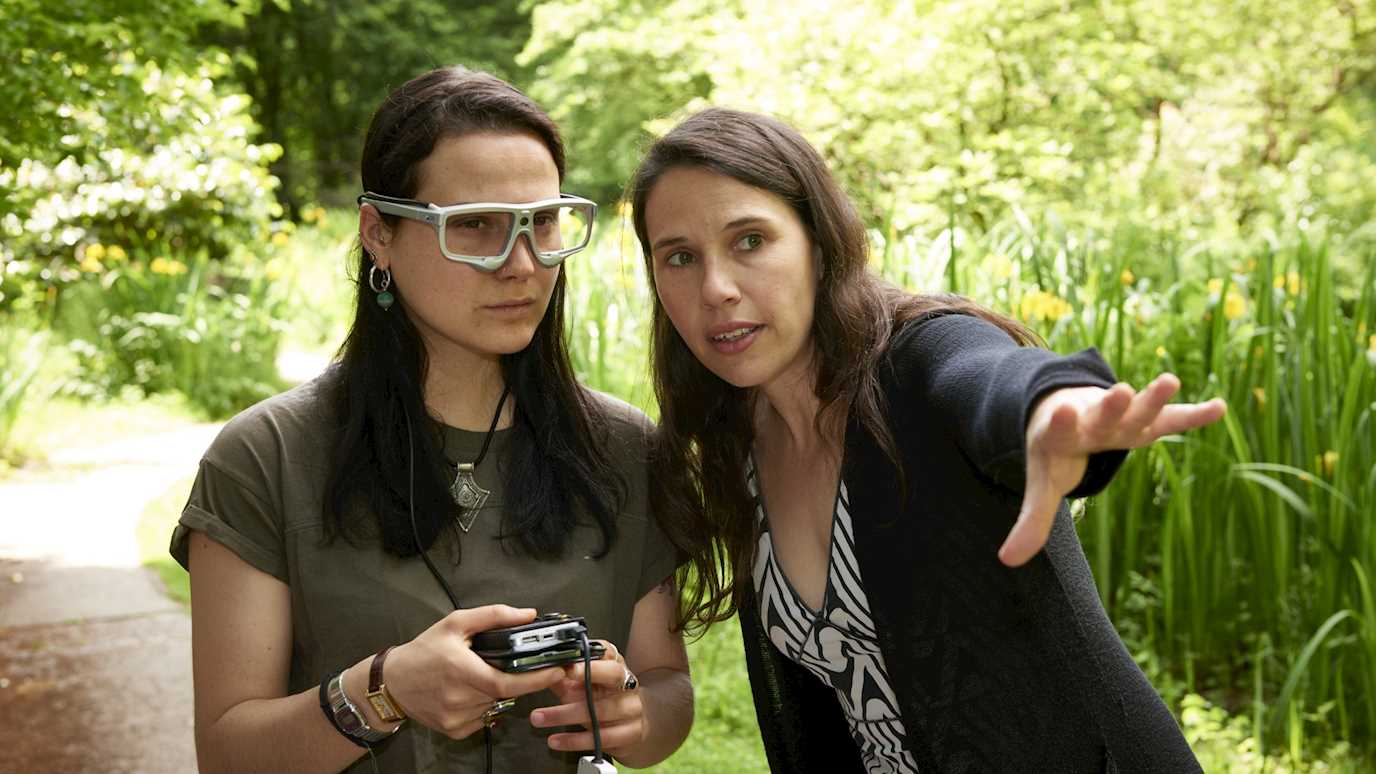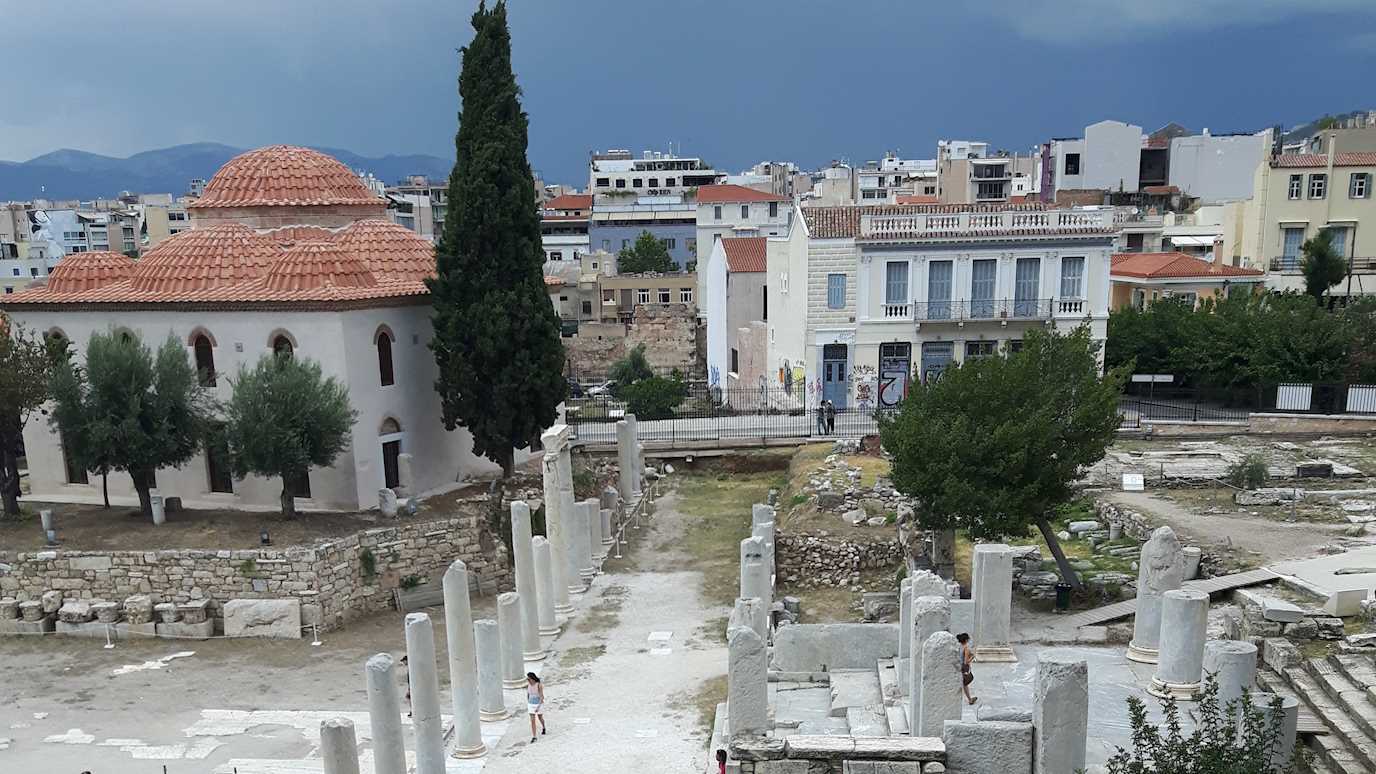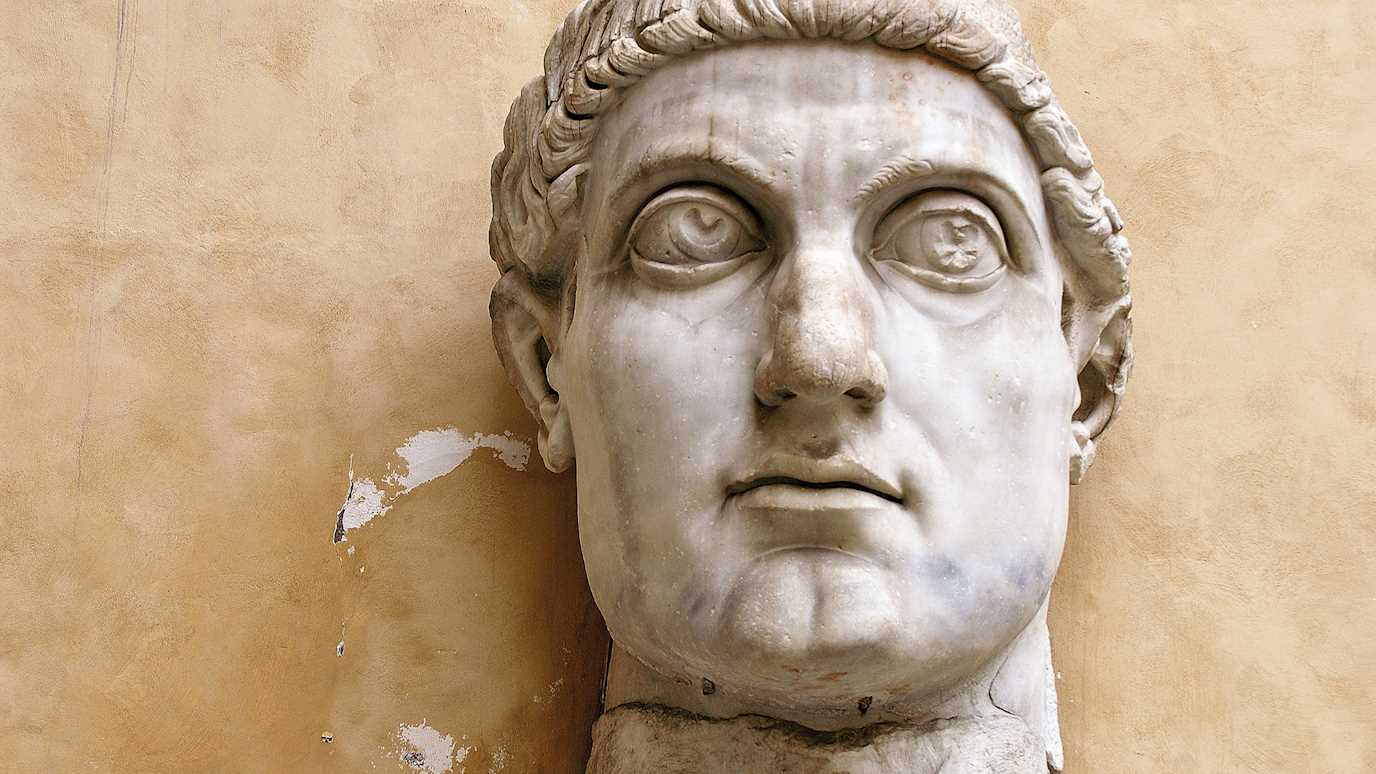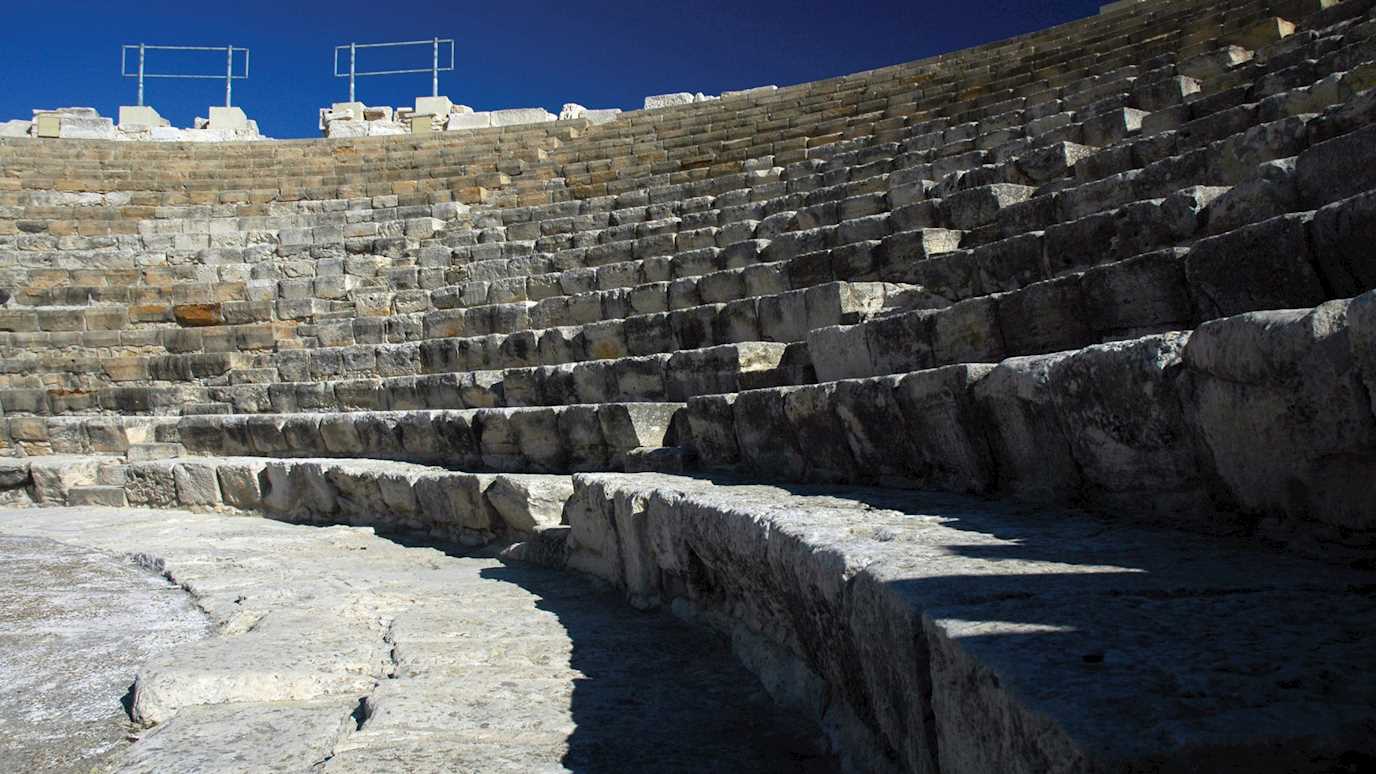The material, the economic, the political, and the cultural are all interlaced.
Identity and belonging are central to how we see the world. We tend to understand our relation to the world through spatial metaphor: what is our place within the world, society, families? That need to locate is affected by the physical spaces in which we live: from the houses to the territorial states to the cosmos. A sense of identity can draw focus from a familiar (or unfamiliar) object, even a taste that brings back memories. Monuments and the grand public architecture can be seen as ways of generating an understanding of history or a sense (and place) of community. In modern cultures, we load objects and spaces with values that mean they become subject to dispute, be it around immigration, community, or control of resources. The material world feeds into our imagined communities and into our senses of ourselves. Consequently, we invest meaning into objects and spaces.
The departmental theme of ‘Spaces and Materials of Belonging’ focuses on the materiality and representation of objects and spaces, their cultural manifestations, and their effect on everyday lives. It looks at objects and spaces and how people made them, interacted with them, and understood them. Research ranges from the archaeological reconstruction of physical and political spaces, such as houses, temples, and urban landscapes, through the meaning of objects of identity; historical economics; the effects of displacement; to literary engagements with and representations of the spatial.
In this research theme, we investigate the workings of objects and spaces in antiquity. We face basic and fundamental questions, such as what did a building look like? How did it work? What did people think about the building? Why does it have that form? From these questions, others follow. How did people live in that house? What did they eat? How did they think about their spaces? How did they relate to one another? How did they relate to their wider communities? Our thinking in this area is often enriched by our interactions with the Roman History Forum.
As we extend our gaze, we come to think of states and geographies. While geographies might seem to have a permanence about them, landscapes are never fixed. They can be transformed by new buildings, cities, and monuments. New roads and routes might develop. New forms of agriculture can change the landscapes.
If landscapes are not fixed people are even less imprisoned by their geographies. Mobility throws up problems when populations are displaced, but it also connects people, resources, and ideas, sometimes across vast distances. The ‘Classical world’ was multiple overlapping spaces; people and objects repeatedly crossed political and social boundaries. Things had a materiality, which required an economy for them to come into being and trade to move them from place to place.
Physical and Political Spaces
Houses, Communities, Cities, States and Empires
The buildings and open spaces of the ancient world created the physical frame where the everyday life and special events took place. Research in the Department looks at the relationship of physical and political spaces from the house to the imperial space and from the Classical centres to the frontiers.
The Greek agora and the Roman forum were the centres of the political, social and commercial life of the ancient cities, and in the heart of the city they were frequently the seat of the most important deities. In general, the main temples in the sanctuaries were often the building projects which received the most lavish funding. Research at the department on the topic has concentrated on city-scapes, architectural design, harbour infrastructure, labour cost studies, housing and three-dimensional documentation. We have had PhDs researching various aspects of the built environment and in teaching there are several courses which focus on architecture and the cities of Athens and Rome.
Jari Pakkanen has directed and co-directed several archaeological projects in the Mediterranean which concentrate on the built environment. The on-going Salamis Urban Landscape Project is a collaboration with the Ephorate of Antiquities of West Attica, Piraeus and the Islands and the Finnish Institute at Athens. The project Urban Landscape of Naxos in Sicily has resulted in a revaluation of the design of the orthogonal Classical city grid and recently also its sacred architecture. The Kyllene Harbour Project studied the underwater structures of the most important Greek and Frankish harbour in north-western Peloponnese . Development of new digital three-dimensional documentation methods plays an important part in his fieldwork projects. Also, his research demonstrates that quantitative methods can play an important part in the analysis of architectural design and reconstruction. Both of these aspects of research can be combined in the analysis of volumetric data for labour cost studies. The temple of Athena Alea at Tegea in the Peloponnese is an important example of Late Classical monumental architecture.
Zena Kamash’s research combines aspects of architectural heritage and cultural memory.The Leverhulme-funded project Shipsheds of the Ancient Mediterranean directed by Boris Rankov, David Blackman and Jari Pakkanen studied the complexes which were used to keep the great navies of the ancient world dry and safe from shipworms when in the home harbours. The project’s publication is the first comprehensive survey of the archaeological and literary evidence related to this building type.
Other work has focused on different spatial units. Richard Alston has used the physical remains of houses in Egypt to think about domestic communities and their interactions with other community structures. Some of this is in work that is forthcoming in books due to be published in 2021, but it builds on work on 'Houses and Households in Roman Egypt', which was part of a much wider project on urban settlement in Roman and Byzantine Egypt. He is also interested in notions of the Roman imperial, which has led to work on imperial spaces and political and cultural values that is on-going in various publications and projects.
Boris Rankov’s work on the frontiers of the Roman empire has focused on how frontier areas operated defensively whilst remaining zones of interaction and communication between the empire and its neighbours.
Objects of Identity
Identity is often expressed through the use, display or creation of specially selected objects. They create an individual sense of identity and crucially a sense of belonging within both local and broader communities. In antiquity’s highly stratified societies, expressing wealth, social status, political allegiances and cultural capital were of paramount importance. To us, objects from the ancient world survive as artefacts in the archaeological record or as the metaphorical and symbolic objects present in literature.
Within the Classics department we employ the smallest of objects, such as cereal grains, to the largest, including entire cities, to explore the way people created, manipulated and changed their identities using the items available to them. Our interest in the formation and expression of identity in the ancient world encompasses the research of all three of our archaeologists. Erica Rowan uses preserved food remains to look at the way individuals and groups, such as soldiers, used diet to display financial status, demonstrate an awareness of current dietary trends and, in her recent article Same Taste, Different Place: Looking at the Consciousness of Food Origins in the Roman World to express homesickness. Her forthcoming publications from the archaeological sites of Aphrodisias (Turkey), Utica (Tunisia) and Vacone (Italy), highlights that, despite many dietary similarities, each region, town and villa in the Empire was able to use food, agricultural practices and tableware to create their own unique identities and therefore generate very particular feelings of belonging. Jari Pakkanen uses photogrammetry and total station modelling software to reconstruct the architectural buildings and features in the Greek cities of Naxos and Salamis, allowing us to the see the unique social, religious and political histories of these different spaces. Zena Kamash makes use of modern practices and resources, such as crafting workshops, to explore the way refugees, both past and present, use objects to make sense of their new homes and personal situations.
Among the historians, Boris Rankov explores the cultural value of the mysterious cavalry face-masks found at numerous military sites to connect the soldiers to the performance of pantomimes, a major theatrical art form in the ancient world. Richard Alston looks at the Egyptian village house, its wall-paintings and artefacts to explore familial identities and their connection to wider cultural forms such as the Roman Empire.
The study of objects of identity feeds into many of our courses, but particularly into our archaeology provision.
Historical economy
Research on the historical economy within the Department takes different forms. Richard Alston has focused on the history of settlement structures, particularly in Egypt and the Near East. His work has looked at urbanisation in Egypt and traced its economic and cultural origins through the Roman period into a post-Roman decline. The work on Egypt has been paralleled by work on the late antique Near East, particularly concerned with historical ideas of economic and cultural decline (about which he is notably suspicious) and the transformation under Islamic rule. He has been prominent in arguing for robust and localised economic developmental process in these regions which do not depend on imperial political ideologies.
Erica Rowan's work has focused more on questions of the supply of food and fuel and the differential access to food within a community. Much of this work has been focused on the archaeological material from Pompeii. She has looked in detail at the material from a sewer and has been able to detect different deposits at different points in the sewer and related that to the social status of the houses. Her other work has focused on the use of waste material from olive pressing as fuel, which begins to answer some of the fundamental problems around the provision of fuel in Classical cities.
Quantification of labour costs of construction has been on the fringes Greek architectural studies from early 20th century because of the well-preserved building accounts from the Classical and Hellenistic monumental construction projects. In the 1990s Janet DeLaine demonstrated how 19th-century architectural manuals can be fruitfully used in combination with ancient data and Elliot Abrams developed his approach to ‘architectural energetics’. Jari Pakkanen has combined these methods in his study of the economics of the shipshed complexes at Zea, one of the principal military harbours of Athens. Accurate volumetric quantification through detailed recording and reconstruction is one of the key factors in labour cost studies .
The Literary Construction of Space
Culture, society and the spatial are interlinked. Societies and cultures exist in space. They are also productive of space, giving meaning to the spatial forms that people encounter in their societies. Cultures generate spaces of memory and politics. To have meaning, those spaces need narratives, stories generated around them. There is, of course, no guarantee that everyone in a society would agree on the meaning of spaces, with the result that many spaces, from the domestic to the monumental, become zones of dispute (heteropias). For antiquity, we access some of those debates through literature. Literature is particularly good at capturing the formation of narratives and disputes around places and spaces, from how the Greek and Romans thought about their houses to how they thought about their cities and territories. Since space and place relate so closely to the sense of self, when people write about spaces, they are so often worrying about their place in the world.
Our investigations of space feature Efi Spentzou (and William Fitzgerald)’s The Production of Space in Latin Literature, a collection of important article on how literature constructed the Roman world. That work continues an engagement with the spatial displayed in her and Richard Alston’s book, Reflections of Romanity, which explored debates on Roman identity in a variety of spatial foci from the individual through the domestic and communal to the imperial. Spentzou's work focuses on how space is used in Latin poetry to talk about issues of identity and belonging. She traces the poet Propertius negotiating the demands of Augustus to be at the Temple of Apollo and of his puella (girl) requiring his attention. Elsewhere, she focuses on liminal women in mythic settings (ancient and modern), and in conversation with contemporary feminist theory, she explores transgressive identities (re-)formed through encounters and a constant negotiation with (an)other.
Siobhan Chomse finds the sublime and the monumental in the spaces of Rome (especially). Her Rome towers above the individuals outlasting and diminishing the ordinary man and woman, representing both the Eternal City and Imperial power.
In the historical literature of Tacitus on Britain and Germany, Richard Alston locates a discourse focused on the totalitarian politics of imperial space, menacing and irresistible. That discourse imposes imperial order on a disordered and chaotic reality.
The issue plays into our teaching through 'Contemporary Approaches to Latin Literature', 'Latin on the Edge', and 'Tacitus and the Making of Empire'.
Mobility, Connectivity and Displacement
Mobility, connectivity and displacement run as threads through both the ancient and contemporary worlds where we see significant movements of people, things and ideas. Lene Rubinstein has explored the displacement of civilians, especially women and children, in classical Greece, which develop understandings of refugee crises in ancient Greece. This work has been published in an edited volume on Studies in Ancient Roman and Greek Law (2020) and in the journal The European Legacy (2018).
It was not only people who moved around the ancient world, but goods as well. Erica Rowan studies the mobility of foodstuffs around the Empire, which allows her to explore the way food connected people to real and imagined communities. The movement of these particular goods also highlights the high levels of social and economic connectivity within the Roman world.
Zena Kamash moves this lens to focus more explicitly on the contemporary world. She works with displaced communities, particularly those from the Middle East and North Africa, to explore how they can develop a sense of place and belonging through creative interactions with their heritage. She has presented her research on these themes at conferences and events in the UK, Rome and Beirut. She was also a contributor to the innovative special issue on ‘Displacement and the Humanities: manifestos from the ancient to the present’ in Humanities (eds Isayev and Jewell, 2018).


